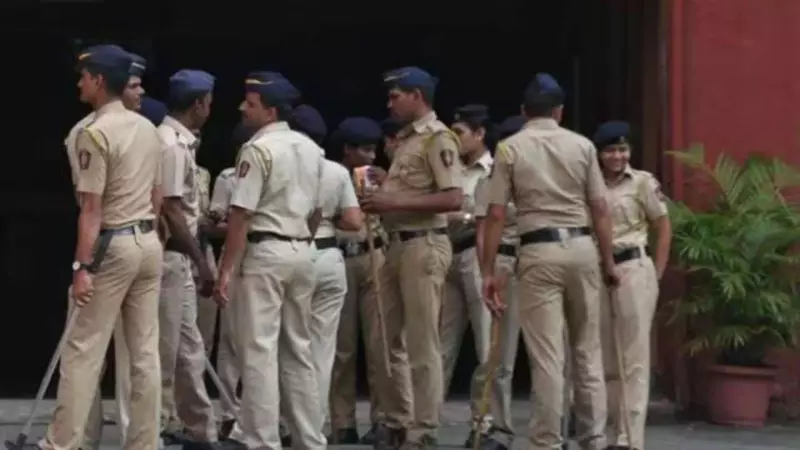
In a remarkable display of investigative work, the Vasai-Virar police cracked a gruesome murder case that began with the discovery of a severed head in a remote area near Virar. The breakthrough came from an unexpected clue - a small jewellery pouch that ultimately revealed both the victim's identity and her killer.
The Gruesome Discovery
On the evening of March 13, 2025, a group of children playing approximately 100 meters from Pirkunda Dargah near Virar in Maharashtra's Palghar district detected a foul odor emanating from a secluded, bushy area. Their investigation led them to a horrifying sight: a purple traveling bag and the severed head of a woman lying beside it.
The shocked children immediately alerted the Qazi of the Dargah, who subsequently informed officers from the nearby Mandvi police station. Upon arrival, police found themselves with limited evidence - just the severed head bearing a bindi and long hair, with no trace of the rest of the woman's body.
An FIR was registered against unknown individuals, with investigators suspecting an attempt to destroy evidence given that only the head had been recovered along with a suitcase and white gunny bag.
The Decisive Clue
For several hours, the investigation appeared to be at a standstill until officers conducted a thorough inspection of the traveling bag. Tucked away in one corner, they discovered a small jewellery pouch that would become the case's turning point.
The seemingly ordinary empty pouch, likely left behind in haste by the suspect, bore the contact details of a jewellery shop in Naihati, West Bengal. This crucial lead prompted the Mira Bhayandar Vasai Virar (MBVV) police to contact the shop owner, who provided a list of outstation customers.
One phone number from this list was traced to a Nalasopara address but was found to be switched off. With assistance from local police in Naihati, West Bengal, investigators obtained details of a regular customer named Utpala, also known as Soma Das. Her relatives confirmed she was married and lived near Mumbai but had been missing for nearly two months.
The Investigation Intensifies
The MBVV police crime branch focused their search in Nalasopara, tracing records of the switched-off phone number. This led them to a man who, according to his friend, had recently purchased a scooter.
Police tracked the scooter's registration at the Vasai Regional Transport Office (RTO) and located it parked at a building in Nalasopara (East). There, they found the flat of its owner, Harish Basavraj Hipparagi, 49, who was identified as Utpala's husband.
In a swift operation, police arrested Hipparagi on the night of March 14, 2025, just 24 hours after the initial discovery. He was booked for offenses punishable under sections 103(1) (murder) and 238 (causing disappearance of evidence) of the Bhartiya Nyaya Sanhita (BNS).
The Tragic Motive
During interrogation, Hipparagi revealed that the couple, married for over two decades, worked together making imitation jewellery. The tragedy unfolded on January 8, 2025, when an altercation erupted over Utpala's reluctance to change the last name of her son from her previous marriage and her planned trip to her hometown on January 10.
In a fit of rage, Hipparagi allegedly strangled her to death. He then packed her body in a gunny bag, transported it on his scooter along with an empty suitcase and a machete to a desolate spot, where he dismembered the body.
According to police, he dumped the torso in a drain and left the head wrapped in a gunny bag inside a suitcase, abandoning it in the thick bushy area near Virar Phata, where it was discovered two months later.
Following his arrest, Hipparagi was remanded to the Mandavi police station for further investigation. On September 17, 2025, the case was transferred from the magistrate to the sessions court, with the trial yet to begin.
This case highlights how even the smallest pieces of evidence can become crucial in solving complex criminal investigations, bringing closure to tragic cases that might otherwise remain mysteries.





